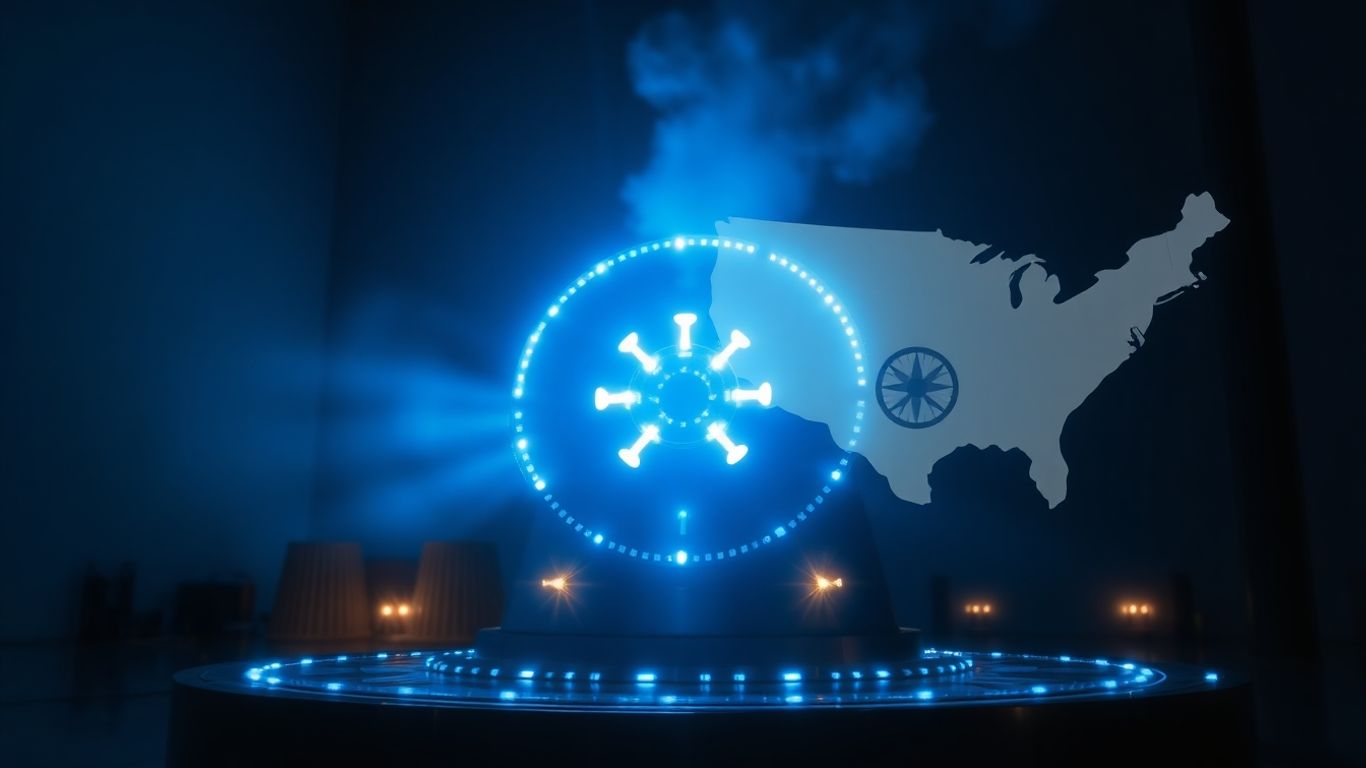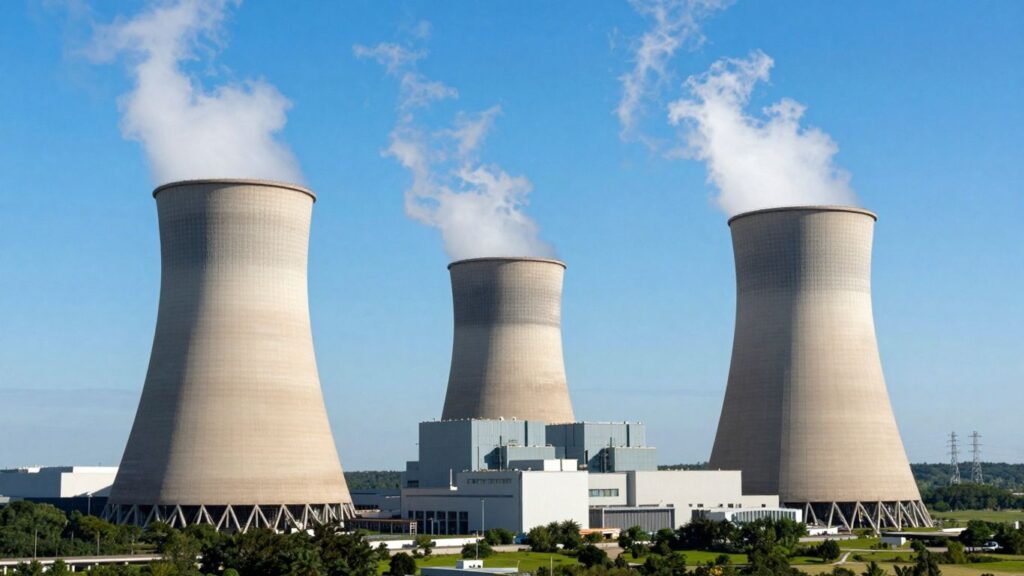India’s long-held ambition to harness thorium for its nuclear energy needs has taken a significant step forward with the U.S. granting an export license to Clean Core Thorium Energy. This development signals closer cooperation between the two nations in atomic energy and marks a potential turning point for thorium as a viable alternative to uranium in nuclear reactors.
Key Takeaways
- The U.S. has granted an export license to Clean Core Thorium Energy, allowing the shipment of thorium fuel to India.
- This move facilitates closer U.S.-India cooperation in atomic energy and advances the use of thorium.
- India possesses vast thorium reserves, making it a strategic fuel source for its energy security.
- Clean Core’s innovative fuel blend aims to be compatible with India’s existing pressurized heavy-water reactors.
- Thorium offers potential benefits such as reduced long-lived radioactive waste and lower proliferation risks.
A New Era for Thorium Fuel
For the first time in nearly two decades, the United States has issued an export license to an American company, Clean Core Thorium Energy, for nuclear technology destined for India. This decision is a major stride towards enhanced U.S.-India atomic energy collaboration and a significant milestone in developing thorium as a fuel alternative to uranium. The license allows Clean Core to ship its thorium fuel to India, where it can be utilized in existing reactors. Once Indian regulators give final approval, Clean Core will be among the first U.S. companies to supply nuclear technology to India, coinciding with India’s efforts to relax stringent regulations that have previously limited private sector involvement in its atomic power industry.
Thorium’s Advantages and India’s Strategy
Thorium is considered a promising alternative to uranium due to its greater abundance, the production of less long-lived radioactive waste, and a reduced risk of material diversion for weapons manufacturing. India, with its limited uranium reserves but substantial thorium deposits, views thorium as a key component of its long-term strategy to reduce reliance on imported fuels. The nation has a three-stage nuclear power development plan, which includes the eventual integration of thorium into its fuel cycle. Clean Core’s approach involves a fuel blend that combines thorium with high-assay low-enriched uranium (HALEU), designed to be compatible with India’s pressurized heavy-water reactors (PHWRs), which form the backbone of its current and developing nuclear fleet.
Overcoming Challenges and Future Prospects
While thorium offers significant advantages, its widespread adoption faces hurdles. Thorium itself is not fissile and requires a fissile material like uranium or plutonium to initiate the fission process. Furthermore, it is less suited for the light-water reactors that dominate the global nuclear market. India’s nuclear program has also navigated complex regulatory landscapes, including the Civil Liability for Nuclear Damage Act, which previously deterred foreign suppliers. However, recent policy shifts and agreements, such as the U.S.-India Civil Nuclear Agreement and potential reforms to liability laws, are creating a more favorable environment for international partnerships. India is also exploring collaborations with France and Russia on small modular reactors (SMRs), including thorium-based designs, aiming to bolster its nuclear capacity and achieve its decarbonization goals.
Sources
- This American company could help India’s thorium dream, MIT Technology Review.
- The Download: Humans in space, and India’s thorium ambitions, MIT Technology Review.
- Why India wants to turn its beaches into nuclear fuel, BBC.
- India’s mega push for nuclear power will lead to decarbonised economy by 2070, Awaz The Voice.












